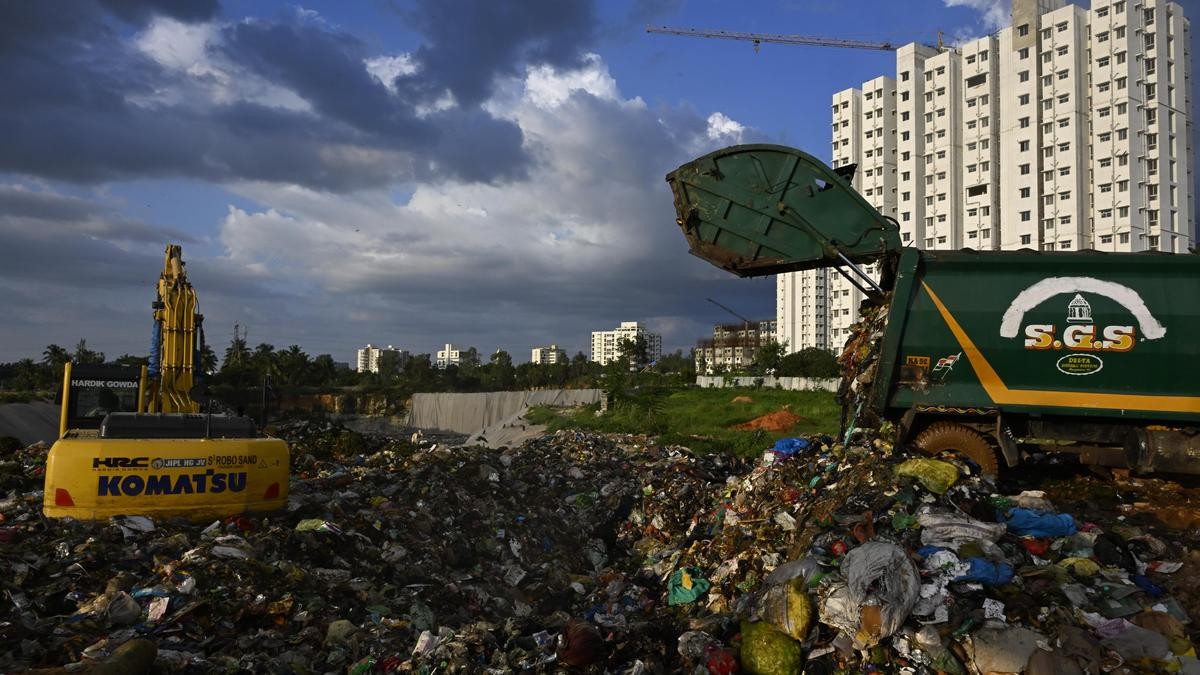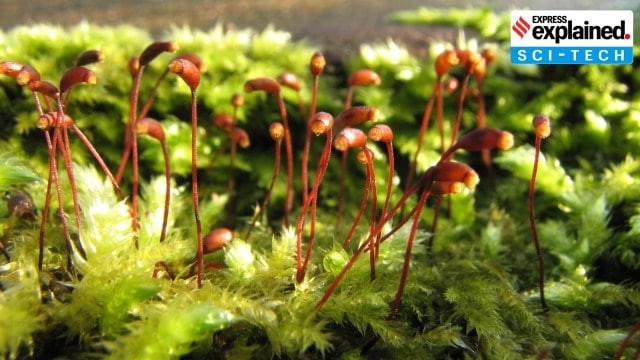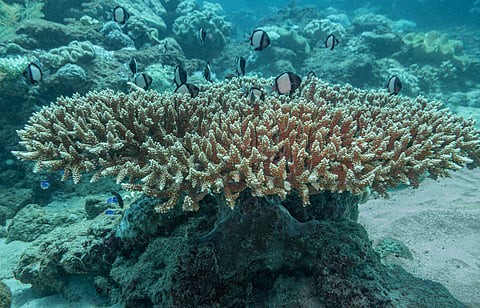




Source: DOWNTOEARTH
Disclaimer: Copyright infringement not intended.
A recent groundbreaking study has revealed that microplastics have been contaminating freshwater ecosystems for over 50 years.
The study focused on the caddisfly larvae which inadvertently incorporated microplastics into their protective casings providing evidence that plastic pollution predates the widespread recognition of the issue.
Caddisflies are aquatic insects belonging to the order Trichoptera.
They are commonly found in freshwater environments such as lakes, rivers and streams.
During their larval stage caddisflies build protective cases made of organic debris (sand, bark, leaves, stones) to shield themselves from predators and environmental hazards.
The research team from the Naturalis Biodiversity Center in the Netherlands analyzed 549 preserved caddisfly casings spanning several decades (from 1971 to 2018).
The study provides evidence that microplastic pollution in freshwater ecosystems has been an ongoing issue since the 1970s predating many previously documented findings on plastic contamination in aquatic environments.
Caddisfly larvae have been unknowingly incorporating plastic particles into their protective cases highlighting the pervasive nature of plastic pollution even in remote, non-urban freshwater ecosystems.
The inclusion of microplastics in the cases could have detrimental effects on both the physical integrity of the cases and the biological health of the larvae making them vulnerable to predators and environmental stressors.
Alteration of Case Structure
Natural materials (sand, stones, and bark) traditionally used by caddisflies are dense and durable offering stability in fast-moving water.
Plastic particles have lower density and buoyancy which could compromise the structural integrity of the cases making them more vulnerable to being swept away or broken apart.
Predator-Prey Interactions
The brightly colored plastic fragments (such as yellow and blue) may increase the visibility of the larvae to visual predators such as fish making them more susceptible to predation.
Chemical Exposure
The prolonged exposure of caddisfly larvae to plastics may result in the release of harmful chemicals and toxic metals often associated with plastics e.g., phthalates, BPA which could have harmful biological effects.
Ecological Implications
Microplastic contamination could impact not only caddisflies but also entire freshwater food webs as the larvae serve as a food source for many freshwater organisms. Contamination can thus extend through the ecosystem affecting fish, amphibians and even humans through bioaccumulation.
Read about Microplastics
Sources:
|
PRACTICE QUESTION Q. Microplastic pollution has become a pervasive environmental threat, impacting both aquatic and terrestrial ecosystems. Critically examine the ecological consequences of microplastics on biodiversity and the challenges in mitigating plastic pollution. 250 Words. |







© 2025 iasgyan. All right reserved